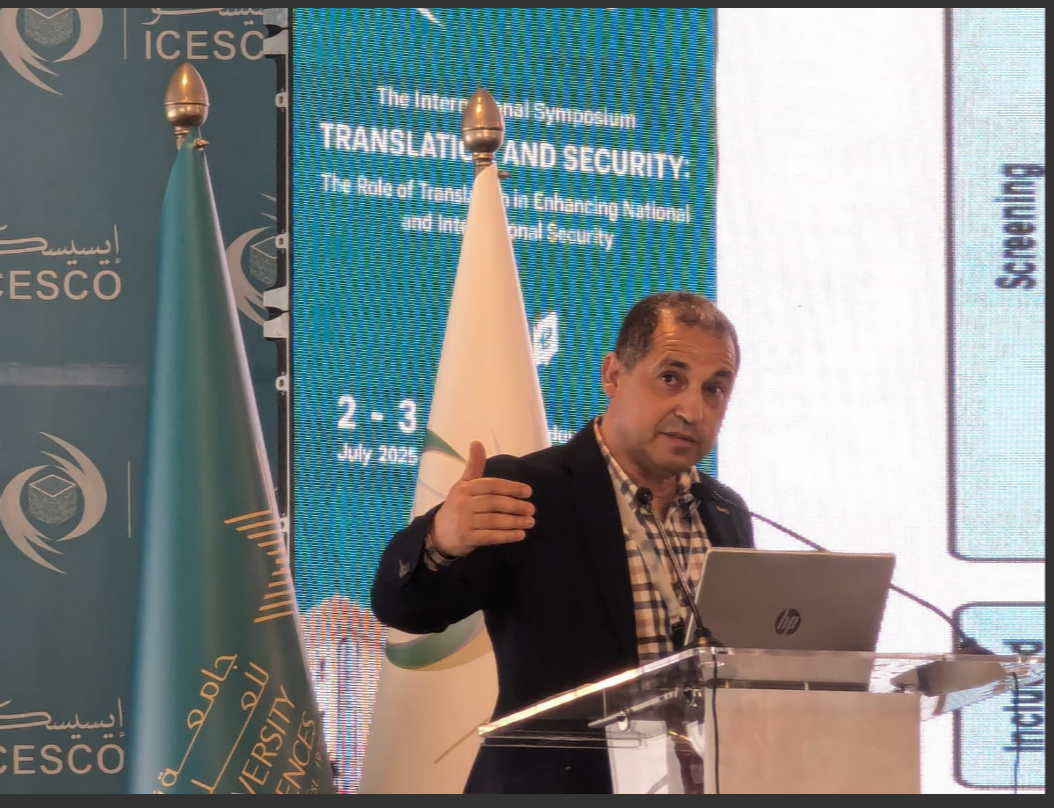Discussion on course contents and design
One of the best ways to promote the field of translator education and translation studies in general is that our community of practitioners ( ... etc in ... ( ( in was for
Him :
"......... your
However, I would like to share this with you and have your valuable feedback: Don't you think the course content could be geared towards highlighting the strategies employed by translators in subtitling and interpreters? I feel it would be more straightforward and practical to focus, in this higher-level course, on what translators/interpreters do and what roles they assume in the media. This can include showcasing and discussing audiovisual and online samples. I have done some research work on Reuters translation, which may be relevant here, when compared with that of other media, say, Al Jazeera. Film subtitles can be another topic, whereby cultural norms condition and constrain translation, e.g. principles
My reply to him was :
"
I invested quite a large amount of time and efforts to conceptualize the course in such as way. I took into consideration the student profiles/needs as well local and regional practices (profession) that I documented already in my ongoing doctoral study. The class size was another element which conditioned the design of such course and with such activities, teaching modes and assessment tools (i.e favoring wished
The ICT element was integrated in a way to align with the hands-on coaching mode ( literature in the field such as (
Another phenomena that is related associations
Your plan sounds rational and clear. You may follow that mode of conceptualizing it is translatologist
Did you check with Porf XXX if she addressed that point in Media I : to students
I think I spoke too much here, but I hope that you have a clear picture of the mechanics and ideologies ( rational you to model the course the way you prefer. Your proposal sounds great and it makes sense. But, please check with Prof XXX about the course (
Fouad


No comments:
Post a Comment